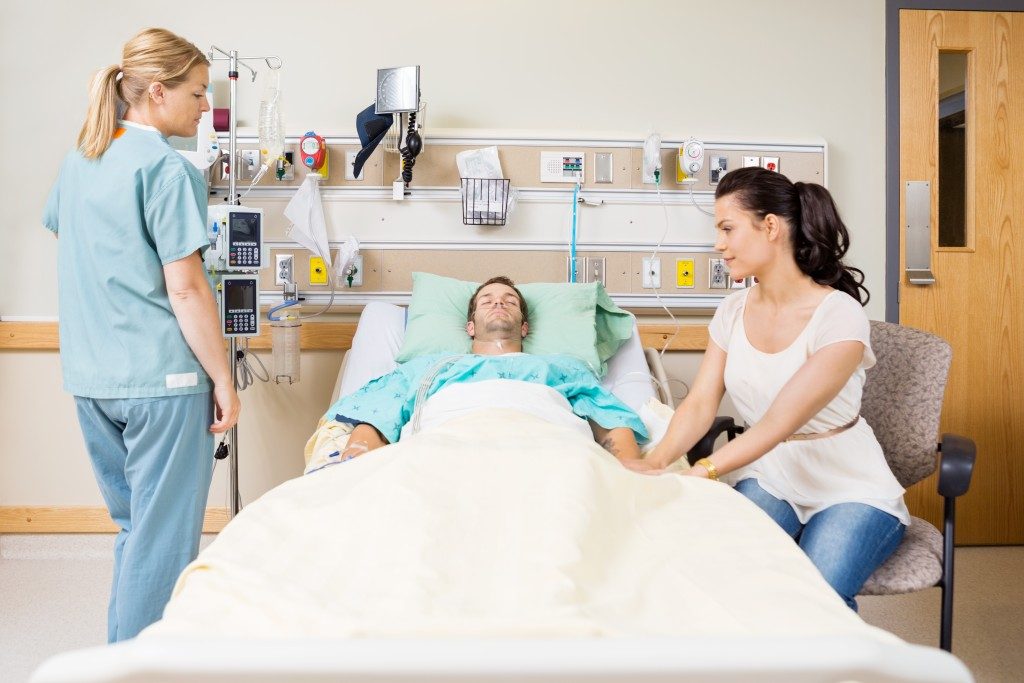One can imagine the choice of a bed to be a casual one until the need arises. Other than forming a resting place after a day’s work, a bed can be a place that either serves your recovery if you get unwell or takes away from it. No wonder, any keen observer can notice that beds differ in hospitals.
In many nursing homes in Worcester County, for example, beds serve different purposes. For instance, the elderly might enjoy beds that promote blood flow and oxygen intake. A patient with a broken limb can appreciate an adjustable bed. With that in mind, here are the types of beds that you will find:
Gatch and electric beds
Hospitals have used gatch beds for a long time. They are also popular in nursing and other medical facilities away from a hospital. These beds are economical and will not rely on electricity to function properly. They often have mechanical cranks under the mattress at the foot. Each crank works for a different purpose, ranging from raising and lowering different parts or the whole bed.
On the other hand, electric beds rely on power. These beds will likely have an interface where the patient, for example, can only click a button to adjust the bed to their preference. In other cases, the pins will be installed on the sides. The upside of these beds is that they do not need strength to adjust.
Stretchers and low beds
Stretchers are commonly found in emergency units and ambulances. They are designed to be mobile. A person who has called for emergency medical services, for example, will likely get to the hospital and later to the emergency room on a stretcher. These beds have features like folding legs.

With a low bed, the design is for people who are likely to fall from the bed. As the name suggests, these beds are close to the ground, often not more than eight inches above the ground. Some designs will allow the patient to adjust parts to their comfort.
Low air loss and Circo-electric beds
There are beds with unique systems and cushions designed to accommodate air in the mattress sacs. These low-air beds are meant to help burn patients or skin graft patients. The idea is for them to have a cold environment and as little pressure as possible.
Meanwhile, circo-electric beds will rotate within set circular limits. It resembles a treadmill. Circo-electric beds serve patients with skin conditions or spinal injuries. They provide movement for the patient when it is difficult for them to move on their own. Standard hospital policies dictate after how long a bed is to be transferred.
In the end, remember that different conditions, such as the frailty of old age, skin grafts, and pressure ulcers, will have different demands. If nursing care serves the patient well, the bed must be suitable for their condition. Furthermore, the bed must have the proper material to maintain temperatures and support the weight of the patient evenly.

